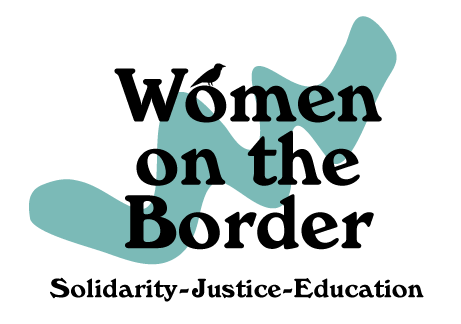U.S.-Mexico Border Timeline
Trade policy and immigration laws are inextricably connected at the U.S.-Mexico border. For the past century, border enforcement has regulated the movement of labor, goods, and capital between the two nations, more often than not privileging the needs of investors and employers over those of working people.
1942-1964 | Bracero Program
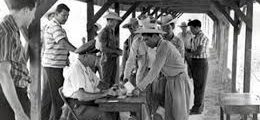
Designed to address farm labor shortages during WWII, the Bracero Program brought Mexican men to work in U.S. agriculture between 1942 and 1964. The Bracero Program was the largest guest worker program in U.S. history, with 4.6 million contracts signed.
1954 | Operation Wetback

Operation Wetback was a massive repatriation program of the INS in coordination with the Mexican government to curtail undocumented migration. Military-style methods were used in rapid and large-scale sweeps of immigrant neighborhoods at the border and in the interior of the country. Over a million people were forcibly deported, including many U.S. citizens.
1965 | Border Industrialization Program

Hailed as a solution to unemployment among men in the border region after the close of the Bracero Program in 1964, the foreign-owned plants that began to open along the U.S.-Mexico border immediately began hiring young women to fill almost all of the line operator positions. Clothing and light electronics were the main industries to take advantage of the new trade agreement, which offered a tax haven for manufacturers that exported what they produced. The factories that opened under the Border Industrialization Program were called maquiladoras, named for the small portion of grain traditionally given as payment to the miller.
1980s | Central American Immigration
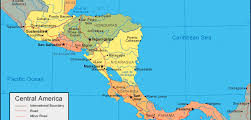
Wars in El Salvador, Guatemala, and Nicaragua during the 1980s led many people to seek safety in the United States. During the decade of the 1980s the population of Central Americans in the U.S. tripled.
1982 | Mexican Peso Devaluation

When the peso was devalued, lower salary costs led to a flood of new maquiladoras to the border. This period also brought a marked rise in the percentage of men employed in the maquiladoras. Many men filled technical jobs as more complex kinds of manufacturing began to come in, but many joined women on the assembly lines.
1986 | IRCA
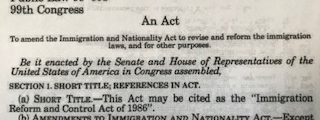
The Immigration Reform and Control Act of 1986 (also called the Simpson-Mazzoli Act) was signed into law by President Reagan in November 1986. It was the first immigration legislation to penalize employers for hiring undocumented workers. In also increased enforcement at the border and included a path to legalization for those who arrived in the U.S. prior to 1982. Three million people gained legal status as a result of the act.
1992 | Criminal Deportations

The Mara Salvatrucha, known as MS13, emerged in Los Angeles during the 1980s in order to protect the growing population of Salvadoran civil war refugees from gang activity in their neighborhoods. In 1992, after the war in El Salvador had come to an end, U.S. authorities began to focus on deporting “criminal aliens.” By 2005, 50,000 of them had been deported to El Salvador. Not surprisingly, gang activity mushroomed in Central America’s Northern Triangle, and with it the extortion, rape, domestic violence, and corruption that drive people to seek asylum in U.S.
1993 | Operation Blockade

Operation Blockade, also known as Operation Hold the Line was a new strategy for border law enforcement. El Paso Border Patrol chief Silvestre Reyes placed agents at regular intervals along a 20-mile stretch of the border between El Paso and Ciudad Juárez in an attempt to block all unauthorized crossing. Under fire from human-rights advocates for racial profiling and harassment of citizens while trying to catch undocumented people within the U.S., Reyes instead sought “prevention through deterrence,”pushing migrants away from the metropolitan area and hoping that the harsh terrain of the surrounding deserts would deter them from trying to enter the country. In 1994 the INS released a strategic plan that advanced a similar strategy for the entire southern border.
1994 | North American Free Trade Agreement
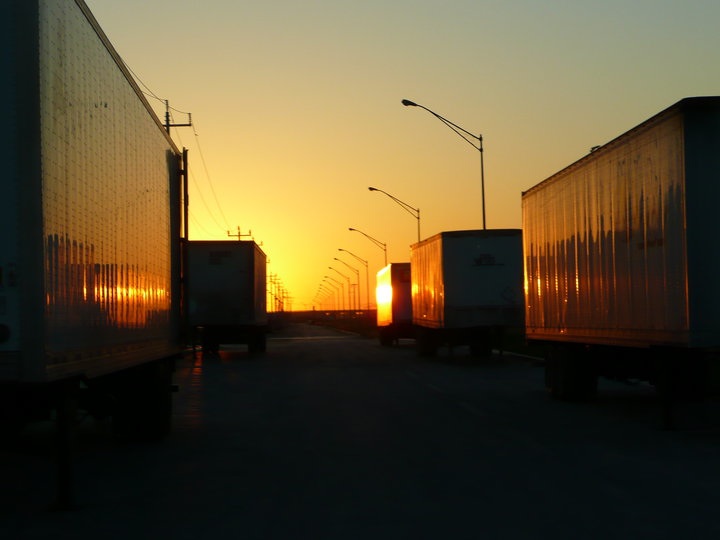
The North American Free Trade Agreement lowered or eliminated trade barriers between the U.S., Mexico, and Canada. The signing of NAFTA and the further devaluation of the Mexican peso in 1994 coincided with a marked increase in the number of maquiladoras at the border. Job growth grew at a rate of 86% and 1460 new plants were established in the first five years of the program.
1994 – 2000 | Juarez Femicides
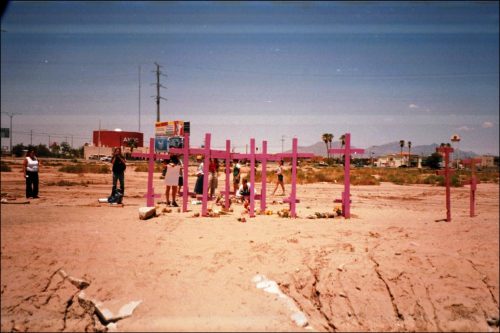
Between 1994 and 2000, 300-400 young women were murdered in Ciudad Juarez and many more went missing and were never found. Female bodies that were discovered in fields or dumped in urban areas often showed evidence of sexual torture. Some of the remains could not be identified. About one third of the femicide victims were maquiladora workers.
1999 | Temporary Protected Status

The destruction wrought by Hurricane Mitch in Honduras and Nicaragua at the end of 1998 led to the granting of Temporary Protected Status (TPS) to immigrants from those two countries. A series of earthquakes in El Salvador led to TPS for Salvadorans beginning in March, 2001. In 2017 President Trump’s attempt to terminate TPS was overturned by the courts.
1999 | Working Women Speak Out
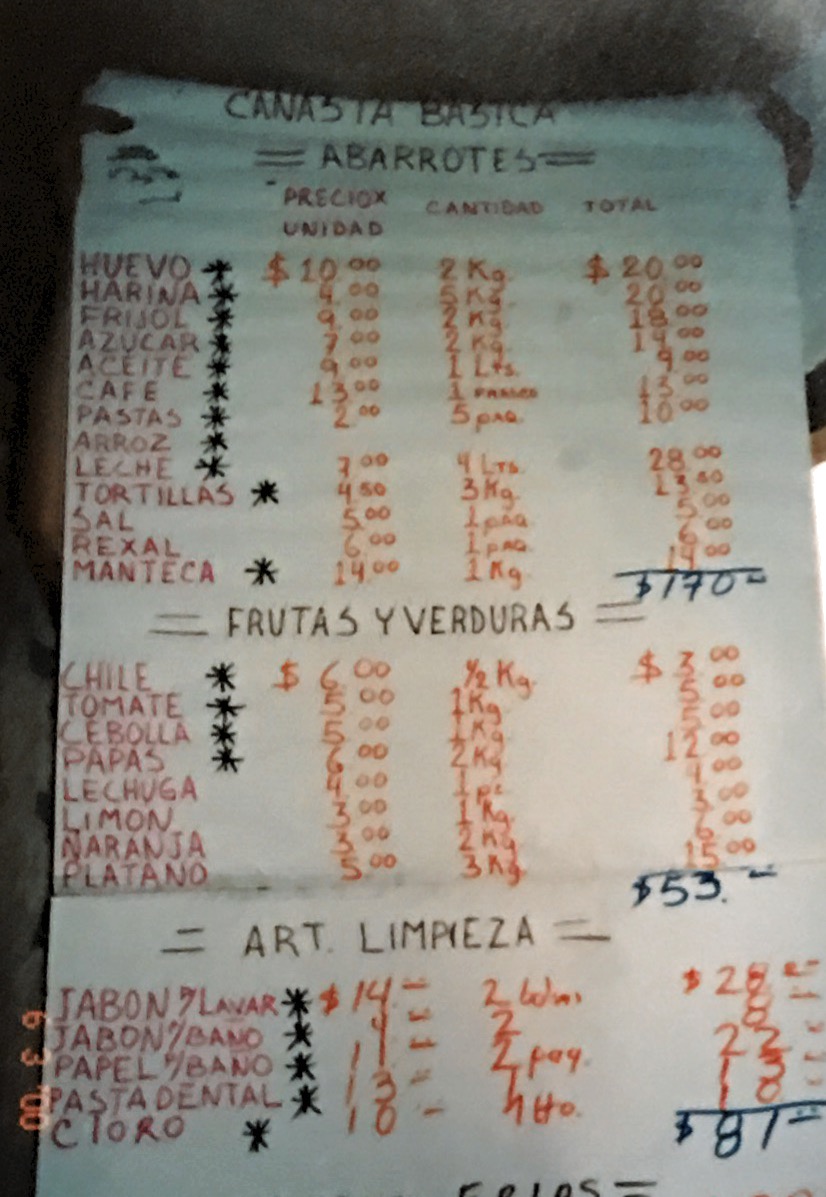
In October, 1999 the Comité Fronterizo de Obrer@s published Six Years of NAFTA: A View From Inside the Maquiladoras, in which they explain that, rather than bringing promised benefits fo Mexico and it’s people, NAFTA has led to “a dramatic worsening of our working and living conditions.” They cite low wages, unstable employment, an increased cost of living, and work speedups and forced overtime that have resulted from the trade agreement.
2003 | ICE Established

Immigration and Customs Enforcement (ICE) was established in early 2003 as part of the reorganization of national security after the 9/11 attacks on the World Trade Center. ICE is the enforcement arm of the Department of Homeland Security.
2004 | NAFTA Drives Migration to U.S.

During the first decade of NAFTA, Mexico lost almost a million agricultural jobs. U.S corn exports to Mexico quadrupled and prices fell dramatically. Unable to make a living in agriculture, many men headed north to the U.S. to find work and support their families.
2005 | CAFTA-DR

Signed into law by George W. Bush, the Central American Free Trade Agreement-Dominican Republic expanded the trade policies that had been established for the BIP and NAFTA over a much wider geographic area. The CAFTA-DR included the U.S., Costa Rica, the Dominican Republic, El Salvador, Guatemala, Honduras, and Nicaragua. By lowering or eliminating tariffs and customs duties, the CAFTA promoted the expansion of transnational export-processing factories to take advantage of wages in these 6 countries that were significantly lower than those within Mexico or on the U.S.-Mexico border.
2014 | Unaccompanied Minors

Between 2013 and 2014 there was an 80% rise in the number of migrants under the age of 18 crossing the border without adult guardians – from 38,759 to 69,204. Many of these children were placed with family members, but, under the Obama administration, the Office of Refugee Resettlement began constructing facilities to house migrant children. Most of these children were fleeing gangs and violence in Central America’s Northern Triangle. During the same time period family detention centers were also opened to house women fleeing these countries with their children.
2017 | “Build A Wall”

When Donald Trump took office he vowed to make good on his campaign promise to build a wall on the southern border. By the time he left office 4 years later, 452 miles of new wall and re-furbished old barriers had been completed at a cost of roughly $15 billion. Trump sold the wall to his followers as a concrete (and metal) symbol of the white nationalism he sought to achieve by controlling immigration. The Trump administration ran roughshod over environmental regulations and private property rights, splitting communities and leaving behind an ugly scar on the landscape.
2018 | Asylum-Seekers from Northern Triangle

In 2018, CBP apprehended more than 38,000 unaccompanied minors and 104,000 members of migrant families from the Northern Triangle of Central America, Guatemala, Honduras, and El Salvador. Escalating, gang violence, violence against women, widespread corruption and crop failures due to the effects of global warming have driven escalating numbers of Central Americans to seek asylum in the U.S. According to the UNHCR there are currently almost 1/2 million Central American refugees worldwide.
2018 | Zero Tolerance
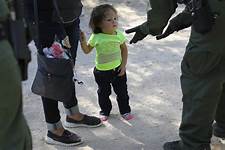
Between April and June of 2018 the Trump administration operated under a “Zero Tolerance Policy.” When families were apprehended crossing the border the adults were criminally charged and the children removed and taken into custody separately. Investigations have shown that family separation policies were in effect for at least a year before the practice was officially acknowledged and continued after it was discontinued. To date, almost 600 separated children cannot be located by the U.S. government and have not been reunited with their families.
2019 | Death In the Desert
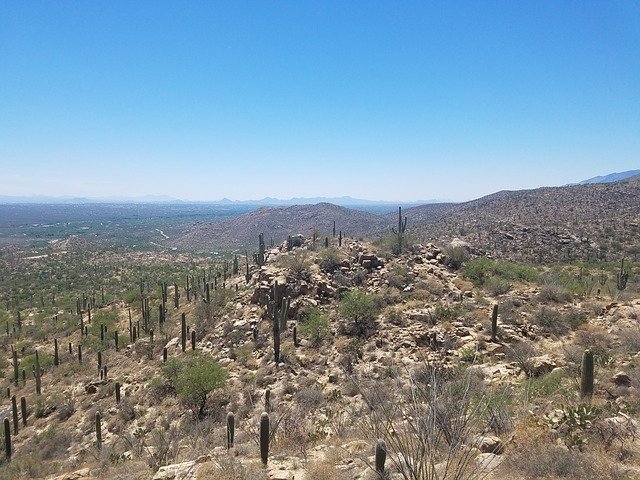
2019 saw the highest number of people killed attempting to cross the U.S.-Mexico border since record keeping began. The majority of recorded deaths took place in the Arizona desert region of the border, where extreme temperatures, lack of water, and rough terrain overwhelm migrants who often wear street clothes and are unable to carry sufficient food or water. This is in addition to kidnapping, rape, theft and murder that migrants face at the hands of smugglers and traffickers. This humanitarian crisis can be traced to the “prevention through deterrence” strategies employed by U.S. border enforcement.
2019 | Remain In Mexico

The (cynically named) Migrant Protection Protocols, implemented in January 2019 requires asylum seekers at the border to remain in Mexico while their claims are adjudicated. Tens of thousands of people, including many families with children fleeing violence and natural disasters in their home countries have been forced to wait for months in squalid and unsafe tent cities on the Mexican side of the border.
2020 | USMCA
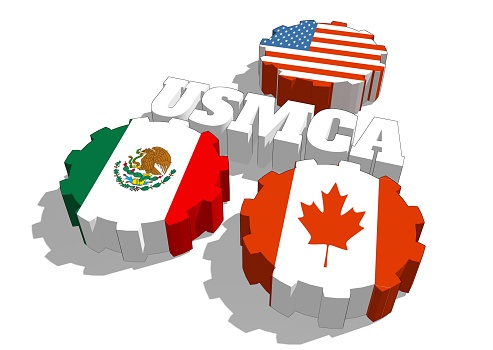
The United States – Mexico – Canada Trade Agreement was negotiated in 2018 and 2019 and came into effect in July 2020. The agreement furthers the interests of corporate free trade and the ability for capital to move freely across national boundaries in North America. The USMCA is an updated and revised version of NAFTA, which it replaced.
2021 | Biden-Harris Administration
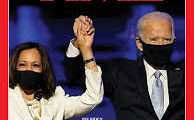
On his first day in office, President Biden signed a series of new policies to address immigration: an 8-year pathway to citizenship for those in the U.S. on January 1, and an immediate one for Dreamers and TPS holders, a reinstatement and expansion of refugee admissions, a new drive to use technology (rather than walls or other physical barriers) to secure the border, and a new focus on working to address the root causes of mass displacements in the sending countries, especially Central America.
